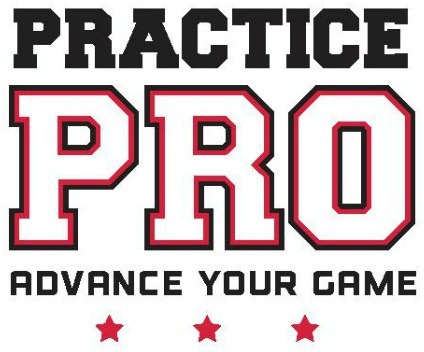Forget One-size-Fits-all: 2 Strategies You Need to Jump On
/There are two very powerful schools of thought for how pitchers ought to attack the strike zone to be successful.
Attack the strike zone directly
Paint corners and live in the rivers
How can both be correct when they are in direct contradiction to one another? Which option ought pitchers pay heed?
To get to the bottom of this question, since I work with all of you at lessons instead of games, I went back to all of my notes from previous pitching conventions where I was able to listen to philosophies on pitch calling from the elite coaches in our game: Lonnie Alameda (Florida State), Larissa Anderson (Missouri), Beth Torina (LSU), Missy Lombardi (Oregon), Karen Weekly (Tennessee), and Stephanie VanBracklr (Alabama) just to name a few.
Read More





